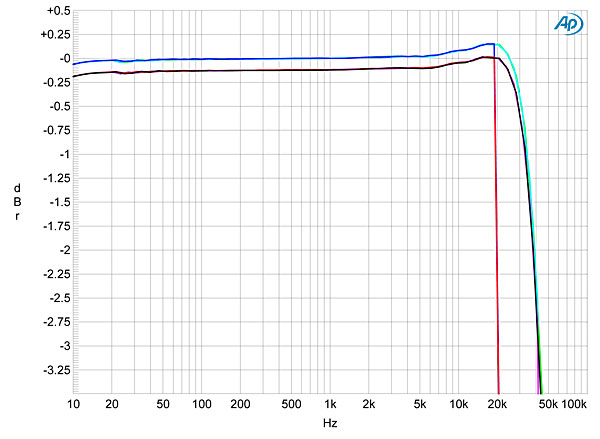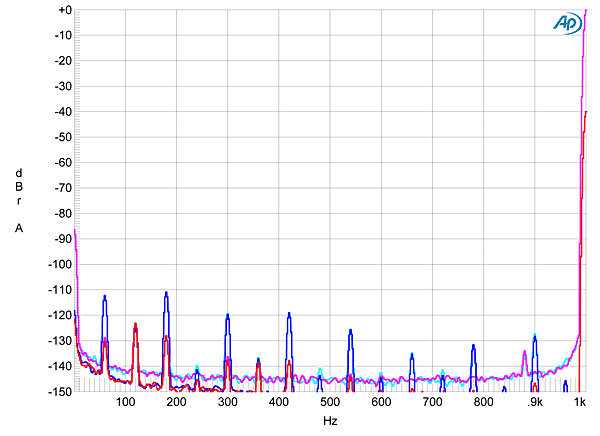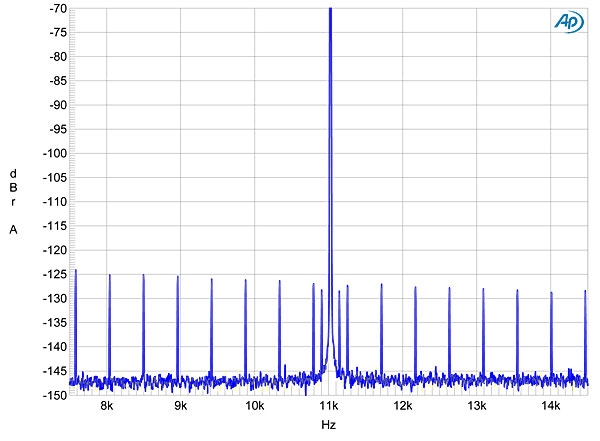| Columns Retired Columns & Blogs |
The comparison of the CD layer via the M1 with the SACD layer via the Sony's DACs is hardly a way to compare the media. That there was a difference is not surprising but I do not know how one can draw much meaning from it.
Kal

















































